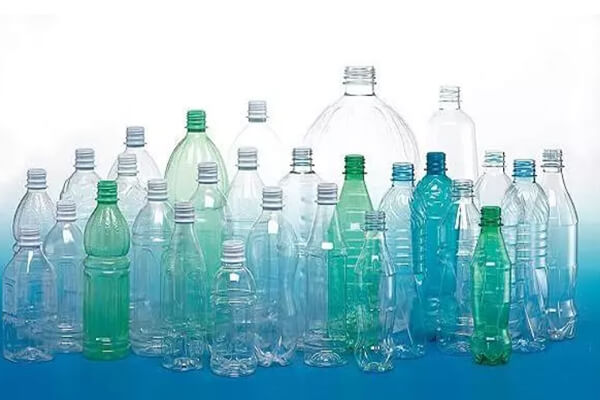-
+86-13584422722
+86-13584422722
Bottle blowing machine refers to the machine that blows bottles. The simple explanation is the machine that can blow plastic particles (softened into liquid) or good bottle embryos into bottles by technological means.
The 6000 bph automatic pet bottle forming machine is inexpensive and safe, and is widely used in beverage, medicine, cosmetics, food, chemical and other industries. More and more manufacturers choose plastic containers instead of glass containers.
Today, the equipment, mold and raw materials of the plastic industry are all displayed in front of us. New technologies and applications are emerging in an endless stream. A general view of the field of hollow plastic molding is also fruitful. With the rapid rise of the world oil price, the price of plastic raw materials is also high, and the development of alternative products with low energy consumption and low raw materials is also one of the market trends.
At present, most bottle blowing machines are still two-step ones, that is to say, plastic raw materials must be made into bottle embryo before blowing. Nowadays, pet environmental protection plastics are commonly used.

The bottle blowing process of bottle blowing machine is divided into two parts.
The preform (embryo) is irradiated by infrared high temperature lamp, and the part of the embryo is heated and softened. In order to keep the shape of the bottle mouth, the embryo mouth does not need to be heated, so a certain cooling device is needed to cool it.
In this stage, the pre heated bottle embryo is placed in the finished blow mold, and the high-pressure inflation is carried out in it. Blow and pull the preform (embryo) into the required bottle.
The automatic bottle blowing machine combines the two operations of bottle blowing through the operation of the manipulator, eliminating the process of putting the preheated bottle blank into the blowing mold manually. It has greatly accelerated the production rate.
The blow molding process of bottle blowing machine is a two-way stretching process. In this process, PET chain shows two-way extension, orientation and arrangement, which increases the mechanical properties of bottle wall, improves the tensile, tensile and impact strength, and has good air tightness. Although stretching is helpful to improve the strength, it should not be over stretched, and the ratio of the number of stretch blow should be well controlled: not more than 3.5-4.2 times in the radial direction, not more than 2.8-3.1 times in the axial direction. The wall thickness of the embryo shall not exceed 4.3mm.
Bottle blowing is carried out between the glass transition temperature and the crystallization temperature, generally controlled between 90 and 110 degrees. In this range, PET behaves as a high elastic state. After rapid blow molding and cooling, PET becomes a transparent bottle.
In the process of blow molding, there are three actions: stretching--one blow--- two blow. The time of three actions is very short, but they must be well coordinated, especially the first two steps determine the overall distribution of materials and the quality of blow bottle. Therefore, it is necessary to set the parameters, such as the starting time, stretching speed, starting and ending time of pre blowing, pre blowing pressure, pre blowing flow, etc. if possible, it is better to control the overall temperature distribution of the embryo and the temperature gradient of the inner and outer walls of the embryo.
In the process of rapid blow molding and cooling, there is induced stress in the bottle wall. For the inflatable beverage bottle, it can resist the internal pressure, which is beneficial, but for the hot filling bottle, it is necessary to ensure that it is fully released above the glass transition temperature.